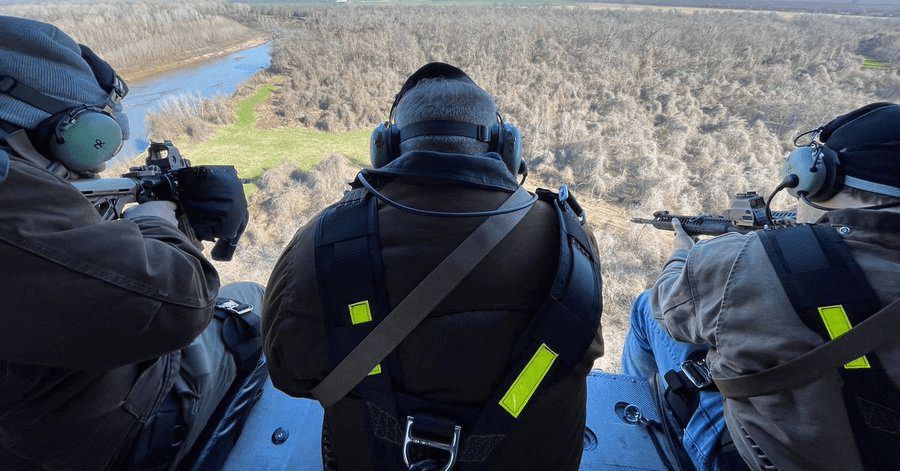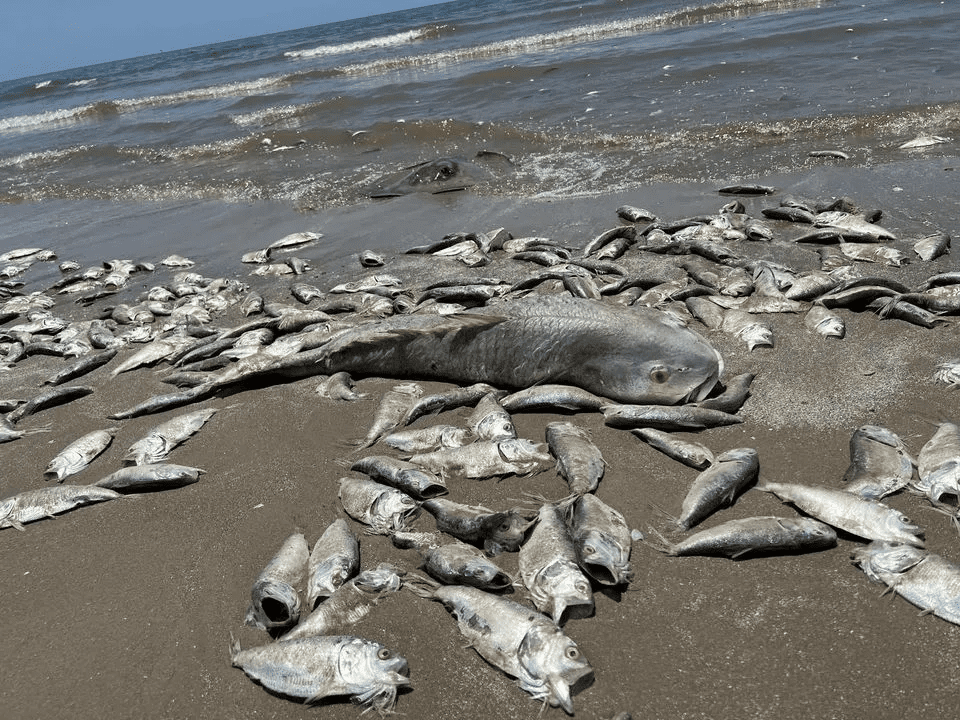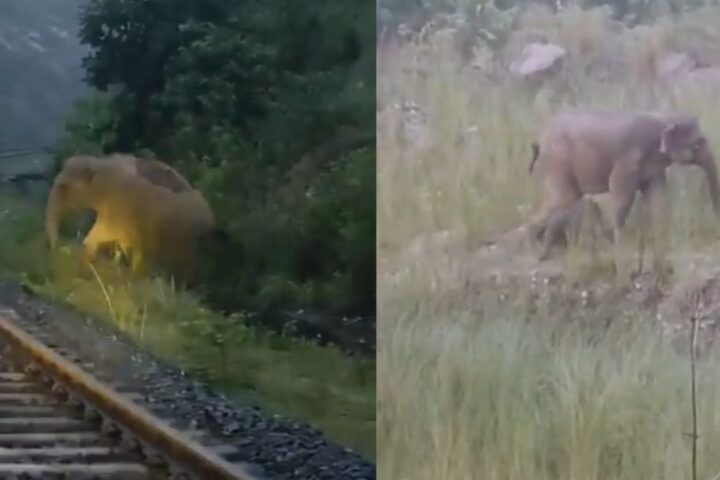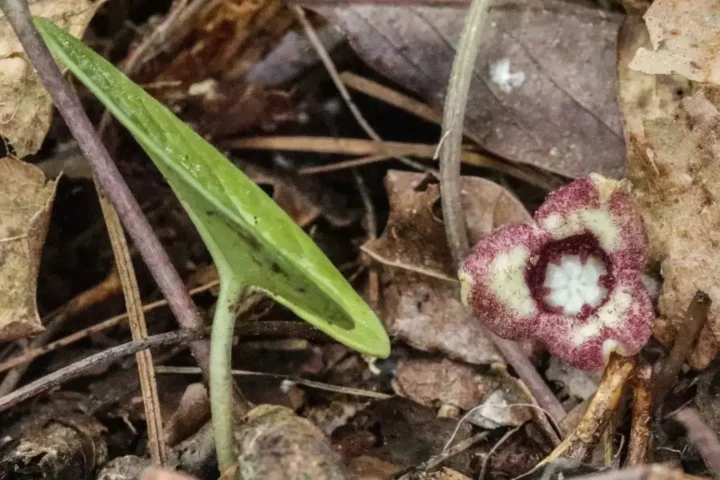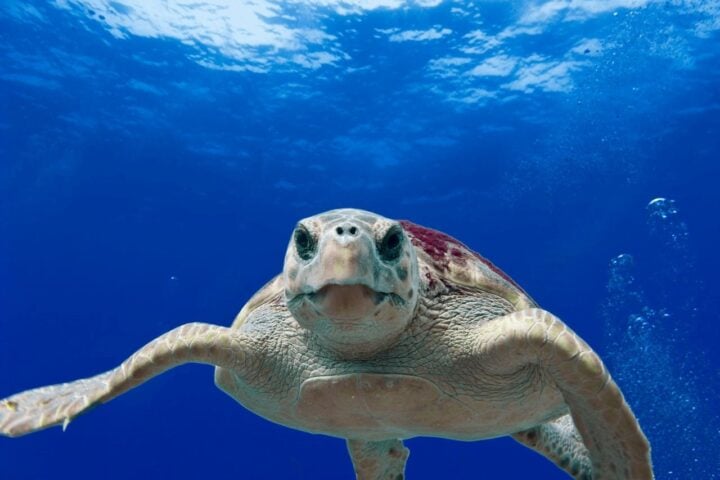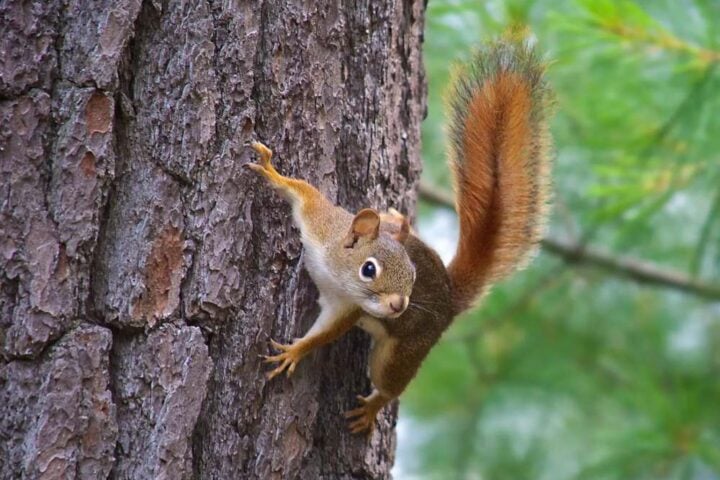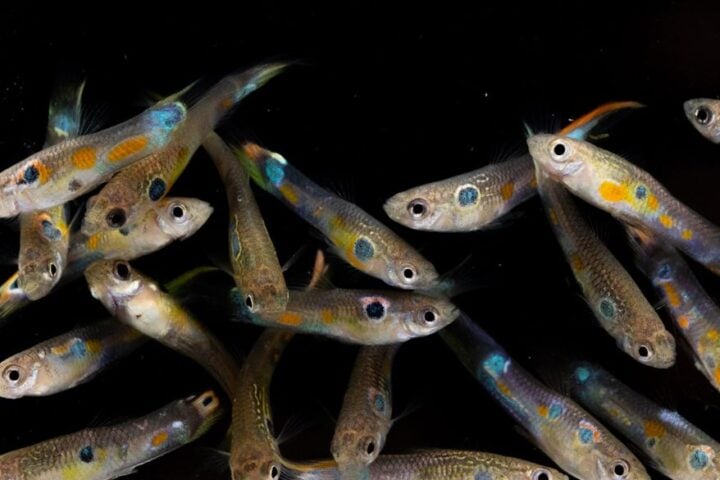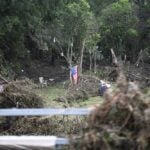Helicopter hunt operators and farmers with large tracts of land have formed an alliance in the war to control the wild hog population in Texas. Hunting flyovers are allowed by large landowners to help thin out the herds of destructive feral pigs on their properties. At nearly $3,000 a person, helicopter hunting outfitters gladly oblige. For aerial hunting of wild hogs over private land in Texas, a license is not needed.
From January to March, the most popular time for this type of hunt is during the winter months.
CEO and co-owner of Helibacon, he describes helicopter hog hunting as a management approach rather than a complete solution. The feral hog population and associated damage in a specific area can be kept in check by regular flyovers. It is a lucrative business of helicopter hunting for the operators and a once-in-a-lifetime experience for paying customers. With semi automatic rifles commonly used in hunts, Helibacon offers a machine gun add-on package for $1,295 per person. For an additional $995, night vision gear is available.
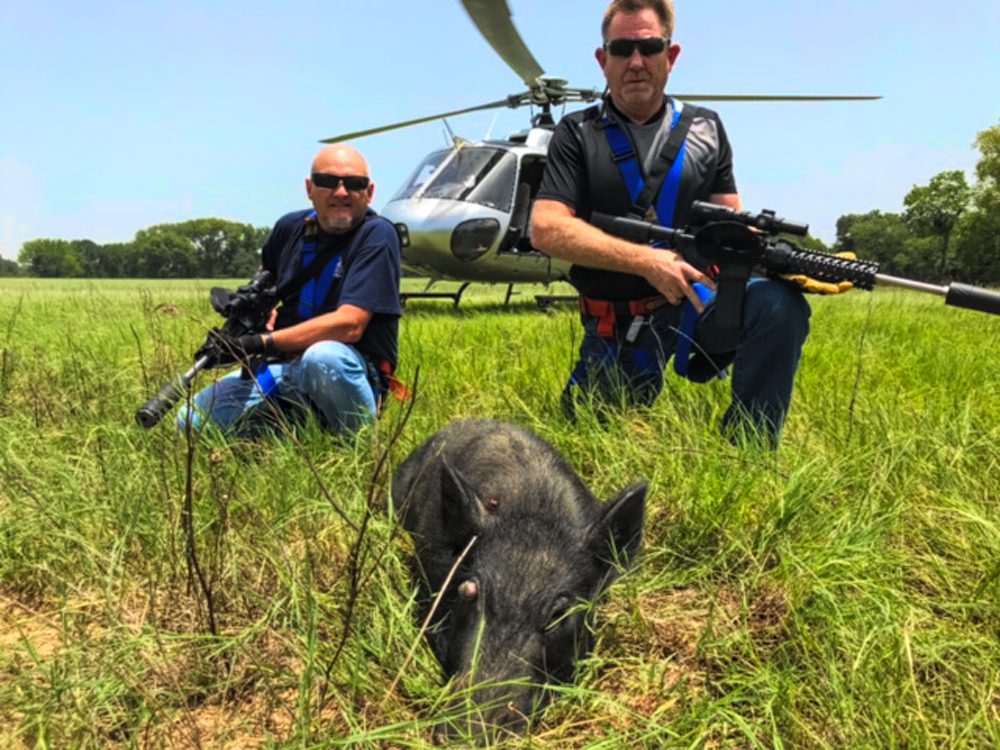
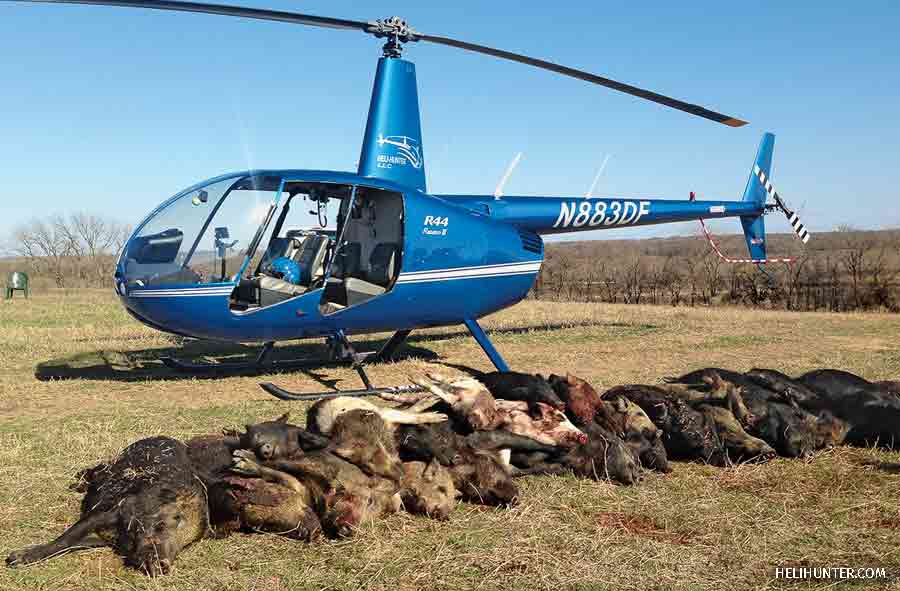
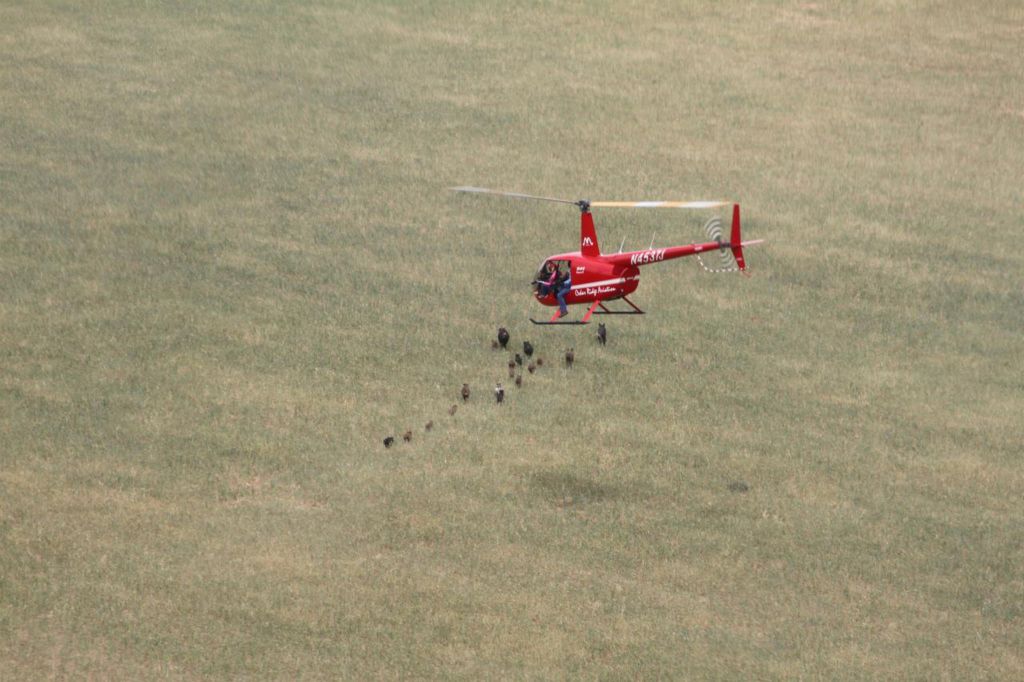
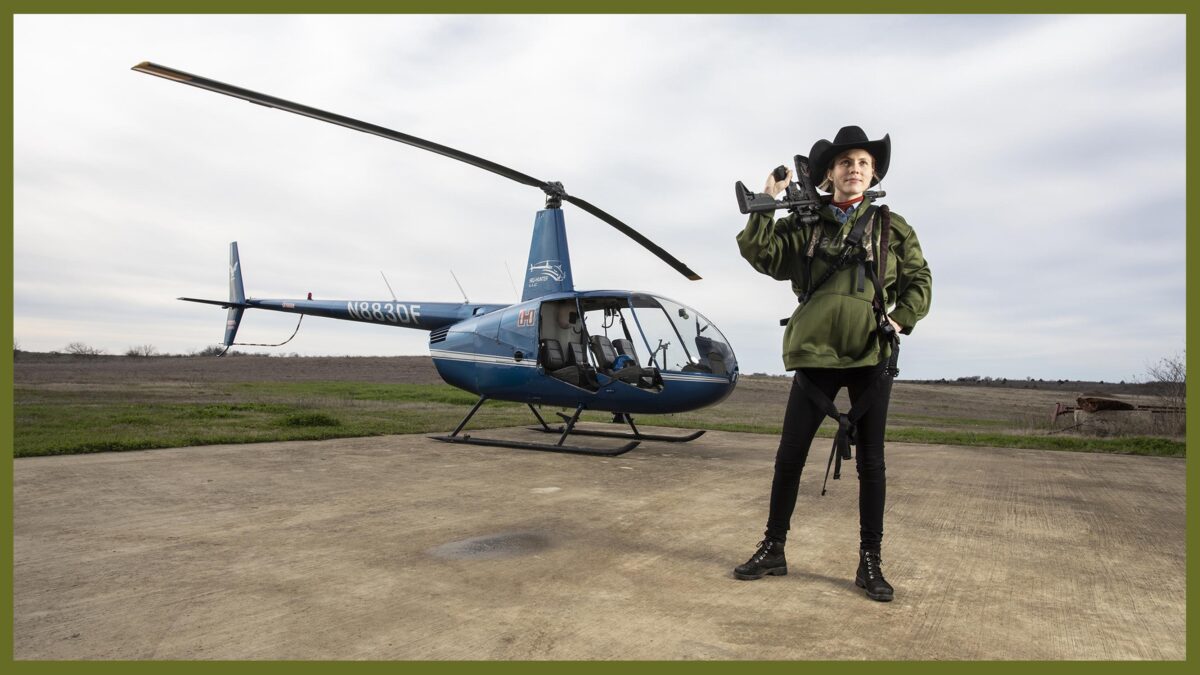
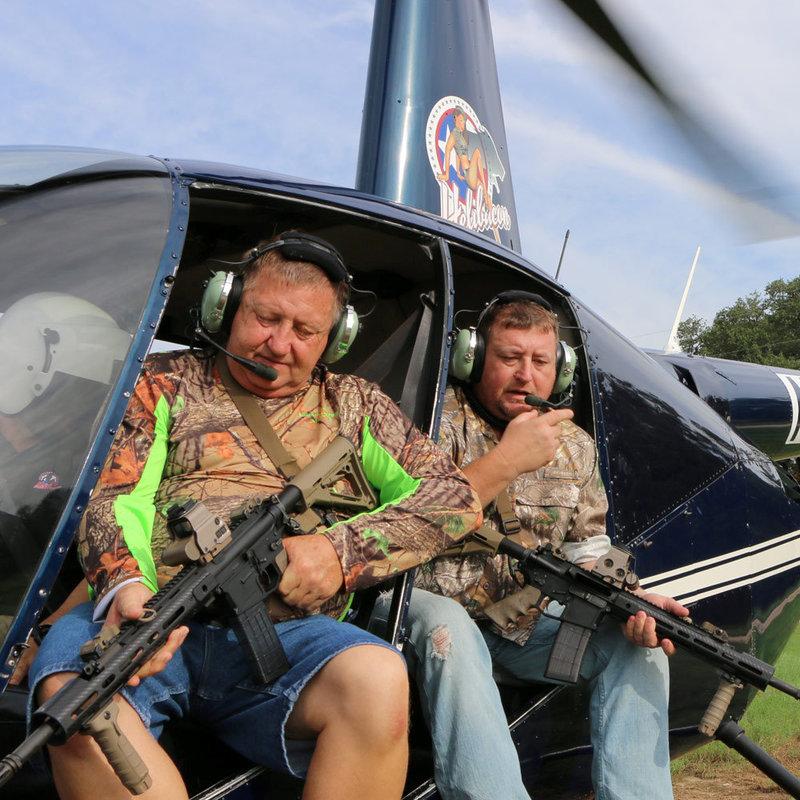
In order to avoid interfering with deer season, helicopter hunting is not conducted in November or December. With a safety course and a presentation on gun safety and firearm operation, a typical helicopter hunt starts. Flying over hundreds of thousands of acres of private land, the hunt takes place at dawn. With the hunt lasting for at least 2 hours, the hunting party searches for feral hogs as the sun rises.
Emphasizing that safety is not guaranteed, safety reminders are given to helicopter hunters and operators. In order to address the feral hog problem, a bipartisan group of US senators recently introduced the Feral Swine Eradication Act. The aim of the act is to make permanent a successful $75 million pilot program launched in the 2018 Farm Bill. With half of them in Texas, the feral hog population in the US is estimated to be over 6 million.
In Texas alone, the agricultural damage caused by feral hogs is estimated to be at least $100 million a year. Feral hogs have been a problem in Texas for decades, causing damage to property and crops.
Also known as wild boars, razorbacks, or feral pigs, feral hogs belong to the same Sus Scrofa species.
Being prolific breeders, feral hogs have the ability to tear up land in search of food. As they are harmful to the environment and natural resources that are not designed to support them, the presence of feral hogs in Texas is unwanted. With lawmakers passing bills to make it easier to hunt them, Texans have been hunting feral hogs for years. Introduced to Texas by Europeans in the 1500s as a food source, feral hogs quickly adapted to the wild. Causing widespread damage, feral hogs reproduce quickly and have spread across the state.
Similar posts
Feral hogs continue to pose a problem despite various efforts to control their population, including hunting and trapping. The Texas federal pilot program has shown promising results in reducing hog populations in certain counties. In order to implement trapping and shooting programs, the plan involved partnering with state agencies and landowners. Given the dangers and expenses they pose to land and people, Congress must continue to support efforts to eradicate feral hogs. Owing to the lack of comprehensive monitoring, it is difficult to find the exact number of feral hogs in Texas. The impact of feral hogs is felt in many ways, including crop and livestock disruption. competition with native species for food and damage to water resources. A combination of hunting, trapping, and long-term management efforts are required to solve the feral hog problem.
